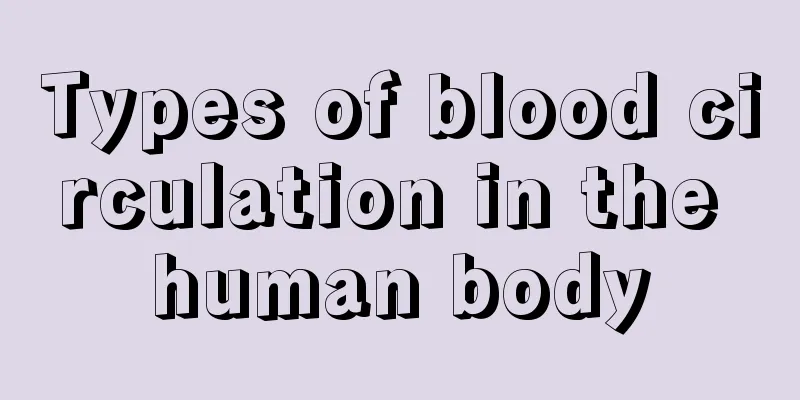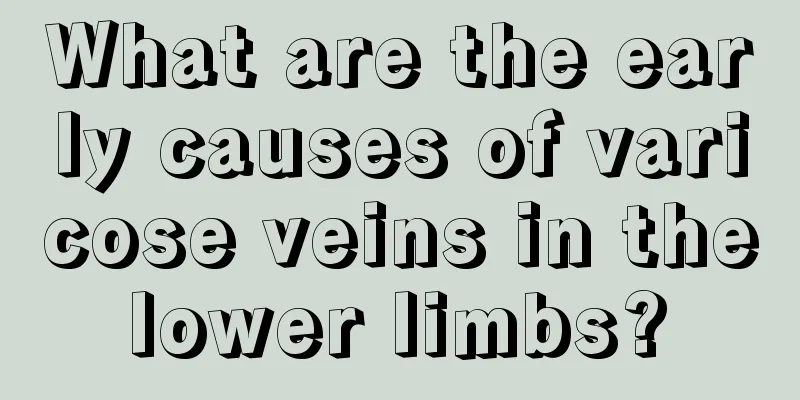Types of blood circulation in the human body

|
Medically speaking, the human body's blood circulation can be divided into systemic circulation and pulmonary circulation. The systemic circulation is also called the large circulation. These two parts of the blood circulation exist at the same time. They converge together to form a complete circulation route, working together for us humans. Therefore, the human body's blood circulation is not to be underestimated for our body. So we should also promote blood circulation, speed up metabolism, and add points to our health. The human blood circulation is a closed double circulation consisting of two pathways: systemic circulation and pulmonary circulation. Blood is ejected from the left ventricle through the aorta and its branches to the capillaries throughout the body, where it exchanges substances with the tissue fluid, supplies oxygen and nutrients to tissue cells, and transports away carbon dioxide and metabolic products, turning arterial blood into venous blood; it then flows back to the right atrium through various levels of epithelium to merge into the superior and inferior vena cava. This circulation is called systemic circulation. Blood is ejected from the right ventricle and flows through the pulmonary artery to the pulmonary capillaries, where it exchanges gases with the alveolar gas, absorbs oxygen and releases carbon dioxide, and venous blood becomes arterial blood; it then flows back to the left atrium through the pulmonary vein. This circulation is called pulmonary circulation. Types of circulation Blood circulation is divided into two parts: systemic circulation (large circulation) and pulmonary circulation (small circulation) according to its circulation location and function. 1. Systemic circulation (macrocirculation): The blood vessels of the systemic circulation include the aorta and its branches that originate from the heart, as well as the superior vena cava, inferior vena cava, coronary sinus and its branches that return to the heart. The blood from the left ventricle is ejected into the aorta, along the arteries to the capillaries throughout the body, then merges into the small veins and large veins, and finally returns to the right atrium through the superior vena cava and inferior vena cava. The systemic venous circulation can be divided into three major systems: the superior vena cava system, the inferior vena cava system (including the portal vein system) and the cardiac venous system. The superior vena cava is a channel that collects venous blood from the head, neck, upper limbs, chest and back and returns it to the heart. The inferior vena cava system is a series of tubes that collect venous blood from the abdomen, pelvis, and lower limbs and return it to the heart. The cardiac venous system is the venous blood supply to the heart. 2. Pulmonary circulation (small circulation): The blood vessels of the pulmonary circulation include the pulmonary artery and pulmonary vein. The blood in the pulmonary artery is venous blood, and it is the only artery in the human body that transports deoxygenated blood. The blood from the right ventricle reaches the pulmonary capillaries only through the pulmonary artery, where it exchanges gases with the gases in the alveoli, expelling carbon dioxide and inhaling oxygen. The blood then turns into bright red arterial blood and returns to the left atrium through the pulmonary veins. (The pulmonary vein is the only vein in the body that carries oxygen-rich blood) The body's neural regulation of cardiovascular activity is achieved through various cardiovascular reflexes. The efferent nerves that innervate the heart are the sympathetic nerves of the sympathetic nervous system and the vagus nerves of the parasympathetic nervous system. Through the above, we have made a detailed introduction to the human body's blood circulation. For the general population, we rarely come into contact with such professional terms, but we should also know that the human body's blood circulation is divided into two parts, one is the systemic circulation, and the other is the pulmonary circulation. They both play a vital role in our daily life. |
<<: Several major disadvantages of chewing gum
>>: What is the normal value of human blood pressure
Recommend
Which hospital is best for liver cancer treatment
In our lives, there are many negative factors tha...
Which foods are likely to cause liver cancer? These 3 foods are likely to cause liver cancer
According to survey data, there are more than 3.5...
The efficacy of garnet
Garnet is a very common gemstone. Garnet has many...
Are dry tobacco cigarettes harmful?
There are currently many cigarette brands in Chin...
Why is breast milk decreasing
After a baby is born, it needs its mother's m...
Is depression hereditary?
The pressure of life is gradually increasing nowa...
What to do if a fracture is infected after surgery
We all know that fractures are common. The incide...
The difference between eyebrow tattooing and eyebrow embroidery
Misty eyebrows are like those eyebrows that have ...
Don’t take supplements blindly, excessive supplements are harmful!
There are many nourishing foods in life, and many...
What are the symptoms of rheumatic headache
Rheumatic headache is the most common symptom, wh...
Nutritional recipes for patients with gastric tube insertion
Patients with gastric intubation cannot eat or dr...
What are the causes of spasmodic torticollis
Spasmodic torticollis is a common disease that ma...
Should Yanhuning be used with salt water or sugar water?
Inotropin is a Chinese patent medicine. It is an ...
There are small black spots on my hands
Everyone has a different physique, so the health ...
How to avoid eye damage caused by wearing colored contact lenses
Colored contact lenses are the darling of young p...









